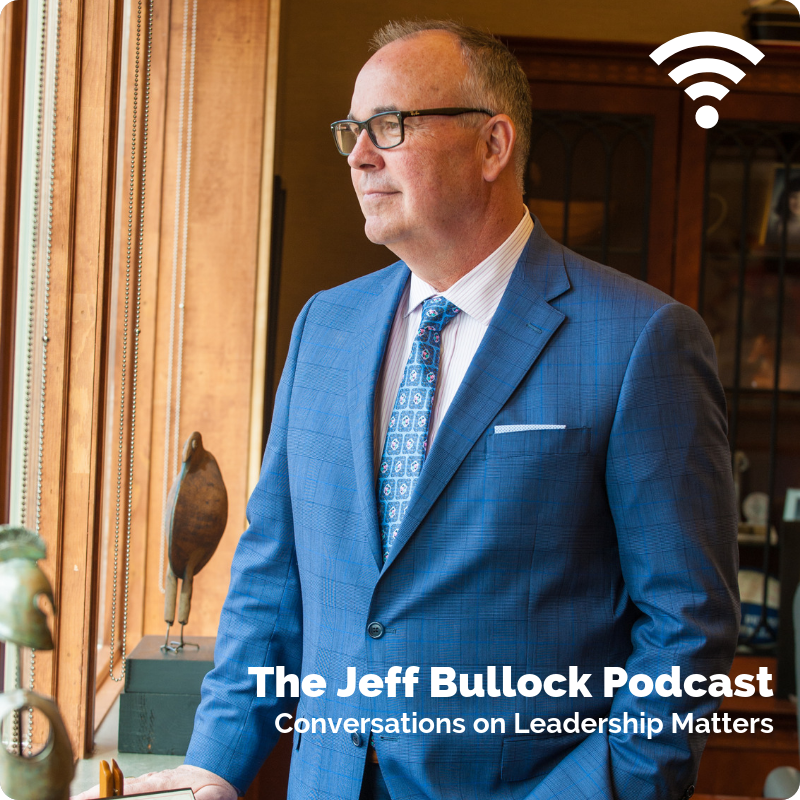As I entered the darkened theater, a young adolescent Gretel approached me with a question, “Have you ever been lost?”
“Yes,” I responded, “I’ve been lost before.”
“How old were you when you were lost?” she inquired.
“I was twelve.” And then this adolescent Gretel handed me a pebble and said, “This pebble will help you find your way home.”
The theme of lost-ness, in its myriad of forms, is explored in the marvelously creative experience titled The Gretel Project at the University of Dubuque’s Babka Theater. Gretel, of course, is one half of the Hansel and Gretel fairytale created by the Brothers Grimm in the early 19th century. Gretel and her brother, Hansel, were on several occasions carted off deep into the forest because their stepmother determined that there was not enough food for the four of them. Eventually they became lost in the forest where they stumbled upon a cottage built of gingerbread and candy—home of the wicked witch who had plans to eat them. The children escaped, disposing of the witch, and found their way home where they discovered a dead stepmother and their father, who was still grieving the loss of his children in the first place.
The Gretel Project takes this fairytale and runs with it. In the creators’ words, the Project “…explores the boundaries of traditional theatrical storytelling to create a multi-dimensional sensory experience that blurs the lines between reality and story, and invites the audience to be a part of Gretel’s journey.” And, we weren’t disappointed.
The Gretel Project is a pretty sophisticated piece of theater. It explores lost-ness from a variety of perspectives visually, audibly, and experientially. From the moment I walked into the dimly lit theater fearing that I was, instead, walking into a haunted house, to the moment when I finally picked up the receiver to a ringing telephone and listened to directions that were frustratingly incomprehensible, the combination of sights, sounds, activity and misdirection took me to a place from which I wanted to depart. It’s no fun being discombobulated, which is precisely the point, particularly for those of us who live pretty tightly organized, well-defined, lives. And that’s where this experience really begins to become useful.
It is not uncommon for leaders to become lost along the way. For example, when a company like Starbucks lost its secure place in the market about ten years ago, pundits opined that they had “…lost touch with their customer base.” When well-known leaders suffer a significant personal or enterprise-related setback, the postmortem often suggests that he or she “…lost their way.” Both renditions, whether in business or in personal affairs, suggest a Gretelesque journey into a wilderness where uncertainty, threats, confusion and general disorientation confront us, sometimes in profoundly existential ways. But there is a way home.
Starbucks’ return to profitability began when its founder stripped away all of its ancillary products, and returned to the core business of making really good coffee. They got back to that which made them successful in the first place. Leaders of all walks of life can regain their footing by returning to the fundamental core disciplines of kindness, intentional listening, big picture thinking and truthfulness as we discussed earlier in this blog. Not only do these disciplines inform good leadership, they also help to form good people and healthy cultures where innovation, productivity, and common decency can flourish. And when healthy organizational cultures flourish, good things usually happen.
Sometimes getting lost can be an unexpected reward. Inadvertently, we have an opportunity to experience a kind of wilderness which, for most of us, isn’t a very pleasant place. But if we look hard enough, we can usually identify pebbles that can help to lead us back home.









